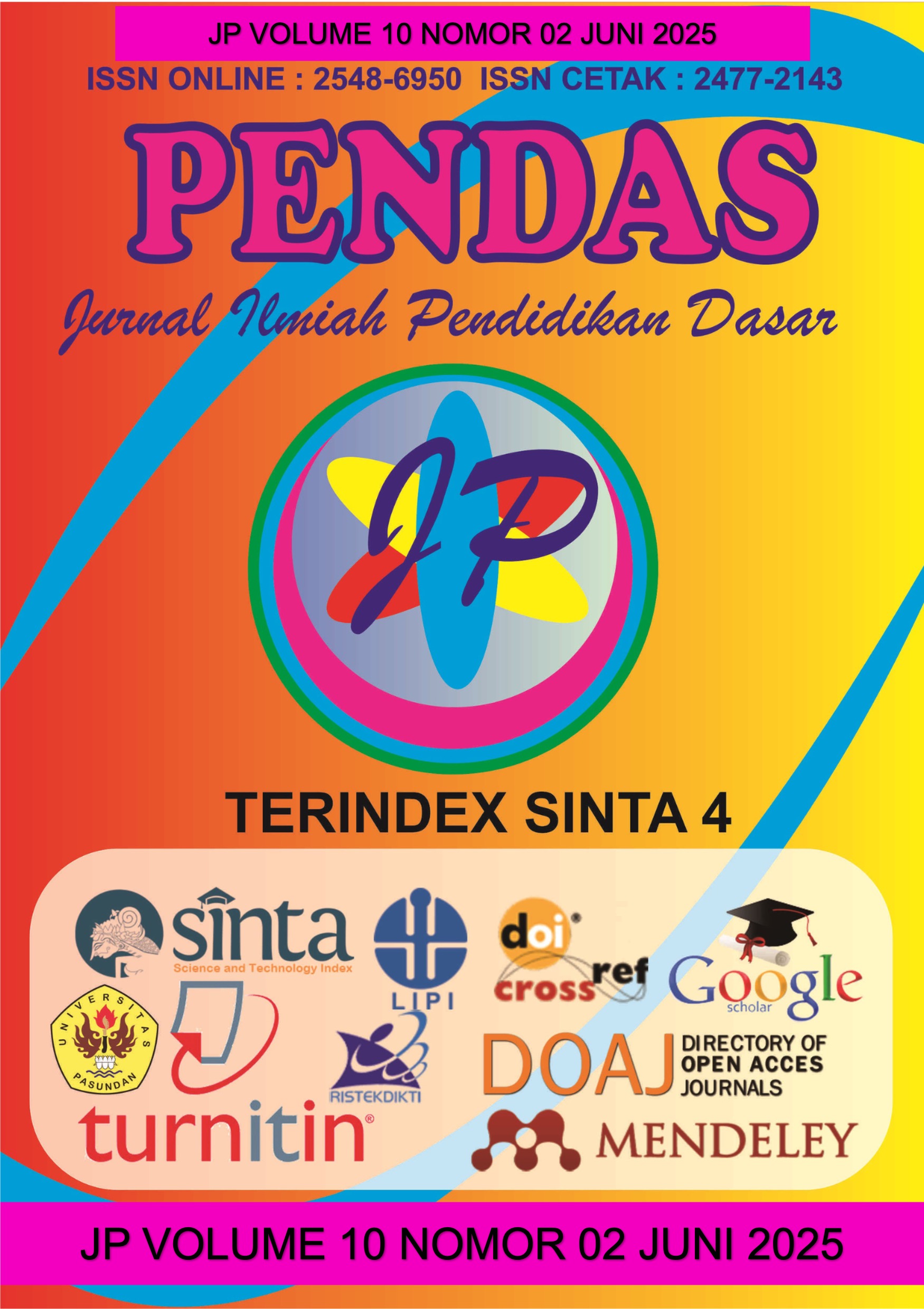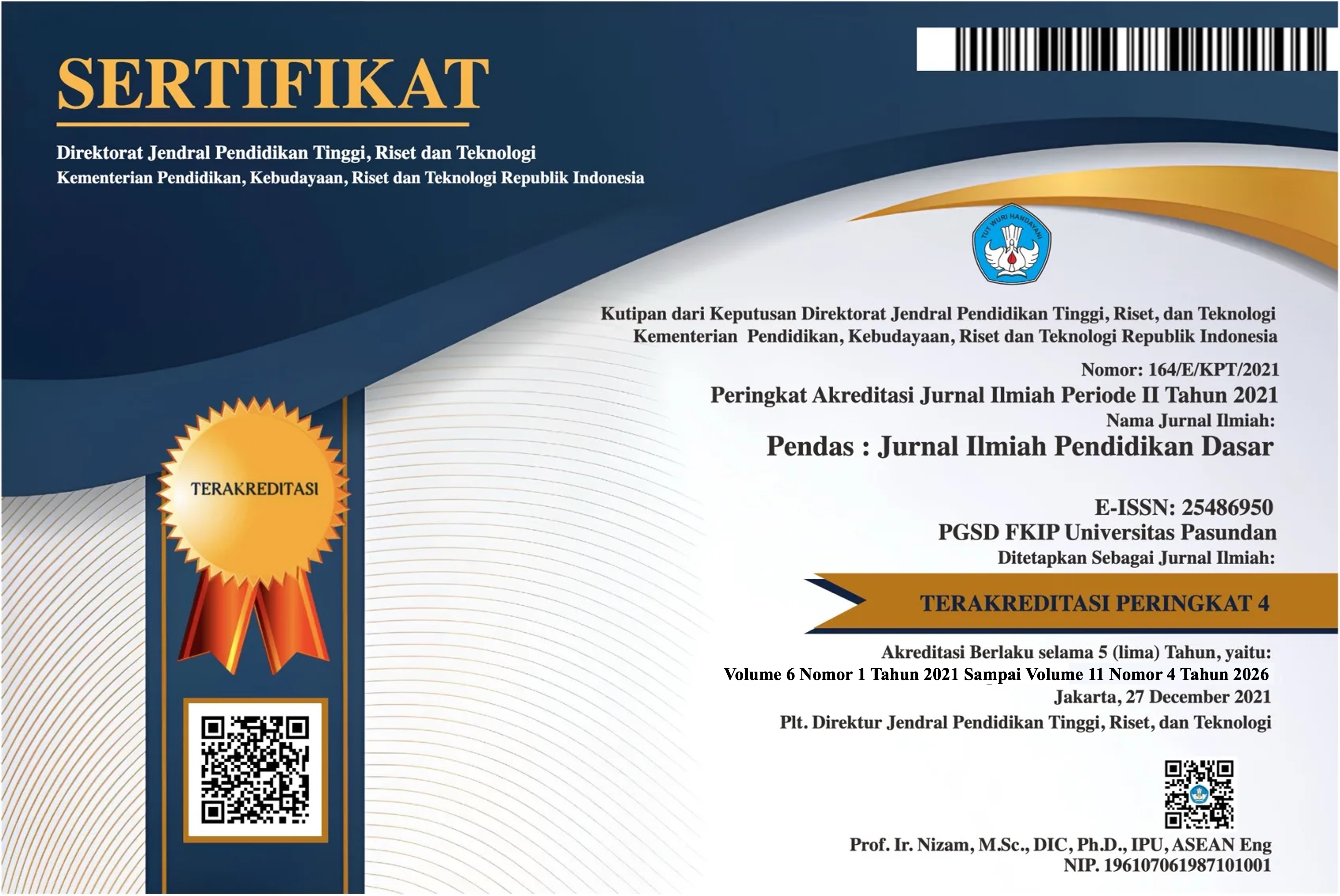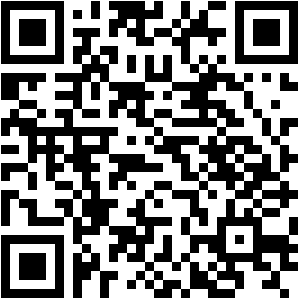Interaksi Negatif Terhadap Diri Sebagai Faktor Pemicu Perilaku Self Harm Pada Remaja
Keywords:
Self harm, Negative Interactions to Self, Adolescents, Self-ConceptAbstract
Self harm is a behavior of intentionally hurting oneself without the intention of ending one's life, which is often found among adolescents. This study aims to describe the forms of negative interactions towards oneself and explore the relationship between these interactions and the emergence of self harm behavior in adolescents. The approach used is qualitative with a case study method. The subjects of the study were two people, namely Vely (19 years old) who had a history of self harm by hitting her own head, and Anna (22 years old) who committed self harm by scratching her hands using sharp objects. Data were obtained through in-depth interviews and analyzed thematically. The results of the study showed that the forms of negative interactions towards oneself in both subjects included excessive self-blame, feeling useless, and having a need to punish oneself. The initial trigger for the emergence of self harm urges is emotional stress that is not channeled healthily, such as feelings of failure, loneliness, social conflict, and lack of emotional support from the environment. Self harm behavior appears as a form of maladaptive emotional coping mechanism. This finding is supported by Carl Rogers' self theory and the concept of self-discrepancy which explains the importance of unconditional acceptance in forming a positive self-concept. This study recommends the importance of psychosocial support and an empathetic approach in preventing and dealing with self harm behavior in adolescents.
Downloads
References
Al Mustaqim, D. (2023). Transformasi Diri: Membangun Keseimbangan Mental dan Spiritual Melalui Proses Islah. Jurnal Kawakib, 4(2), 120-134.
Anugrah, R. A., & Karima, F. (2023). Self harm and Suicide in Adolescents. Jurnal Biologi Tropis, 23(1), 200–207.
Ashari, A., Wahyuni, N. S., & Agustriono, L. (2023). Suicide, Youth, Psychology, Bunuh Diri Remaja Perspektif Psikologi Dan Hukum Islam. Muadalah: Jurnal Hukum, 3(1), 28-50.
Autrilia, R. F., & Ninin, R. H. (2022). Eksplorasi Dampak Psikologis pada Remaja yang Memiliki Masalah Penampilan dengan Jerawat. Jurnal Psikologi Udayana, 9(2), 194-205.
Azzahrah, F., & Hamid, A. N. (2023). Pencegahan Self Injury Melalui Kegiatan Webinar “Self Injury: What Should We Do”. Jurnal Kebajikan: Pengabdian Kepada Masyarakat, 1(2), 89–95.
Golu, N. L. G., & Zega, J. P. Z. (2024). Peran Pendidikan Agama Kristen Dalam Menangani Permasalahan Orang Dewasa Awal Yang Mengalami Stress dan Depresi Pada Fase Quarter Life Crisis. REI MAI: Jurnal Ilmu Teologi Dan Pendidikan Kristen, 2(2), 193-206.
Hariati, R. (2024). Fungsi Neurokognitif Pada Remaja Dengan Perilaku Melukai Diri Sendiri: Sebuah Tinjauan Literatur. Buletin Psikologi, 32(1), 78–90.
Hasanah, U., & Hidayati, B. M. R. (2021). Harga Diri Dengan Intensitas Selfie Pada Ibu Rumah Tangga. IDEA: Jurnal Psikologi, 5(1), 25-39.
Hidayati, R. W., & Agustina, N. I. P. (2023). Hubungan Emotional Maturity dengan Kejadian Self harm pada Remaja Putri di SMP Yogyakarta. Jurnal Keperawatan Notokusumo, 6(1), 33–40.
Insani, S. M., & Savira, S. I. (2023). Studi Kasus : Faktor Penyebab Perilaku Self harm Pada Remaja Perempuan. Character Jurnal Penelitian Psikologi, 10(2), 439–454.
Islamarida, R., Tirtana, A., & Devianto, A. (2023). Gambaran Perilaku Self Injury pada Remaja di Wilayah Sleman Yogyakarta. Care: Jurnal Ilmiah Ilmu Kesehatan, 11(2), 150–160.
Kusnadi, N. D. V., & Yulianto, Y. (2024). Hubungan Dukungan Sosial dengan Konsep Diri Pada Remaja di Desa Terusan Kecamatan Gedeg Kabupaten Mojokerto. Pengembangan Ilmu dan Praktik Kesehatan, 3(4), 183-194.
Lase, A. A. N., & Pardede, J. A. (2022). Penerapan Terapi Generalis (SP 1-4) Pada Penderita Skizofrenia Dengan Masalah Halusinasi Di Ruang Sibual-buali: Studi Kasus. Reseach Gate, March, 1-38.
Latifah, S., Adiwinata, A. H., & Nadirah, N. A. (2023). Penerimaan Diri Anak Terhadap Perceraian Orang Tua. Jurnal Kajian Gender dan Anak, 7(1), 01-15.
Lestari, D. B. (2024). Self harm: Fenomena yang Berbahaya Bagi Remaja. Psychology BINUS.
Nabawiyati, D. R., & Vrisaba, N. A. (2025). Studi Kasus: Dinamika Psikologis Skizoafektif Tipe Manik dengan Pendekatan Humanistik Carl Rogers. Character Jurnal Penelitian Psikologi, 12(01), 17-28.
Nasution, F. Z., & Angraini, S. (2023). Gambaran Perilaku Self Harm Pada Remaja. Jurnal Rumpun Ilmu Kesehatan, 1(1), 45–56.
Nurhayati, D. A. W. (2025). Eksplorasi Pengalaman Korban Bullying: Narasi Pribadi dan Dampaknya terhadap Perkembangan Psikososial. Journal of Society Bridge, 3(2).
Pramanik, G. F., Rohman, U., & Ismail, S. (2024). Analisis dampak bullying terhadap kepercayaan diri remaja. Realita: Jurnal Bimbingan dan Konseling, 9(1), 2226-2236.
Putri, A. R. H., & Rahmasari, D. (2021). Disregulasi emosi pada perempuan dewasa awal yang melakukan self injury. Character Jurnal Penelitian Psikologi, 8(6), 152-161.
Rifa'i, A., Srianturi, Y., & Afriliyanto, A. (2023). Strategi Coping Stress terhadap Perilaku Self Injury (Studi Fenomenologi pada siswa MAN 4 Bojonegoro). INSIGHT: Jurnal Bimbingan Konseling, 13(2), 123–135.
Safitra, D., Luqman, Y., & Nugroho, A. (2024). Pengalaman Adaptasi Budaya Dalam Interaksi Sosial Dan Coping Mechanism Mahasiswa Madagaskar Di Universitas Diponegoro. Interaksi Online, 13(1), 918-937.
Salsabila, F. J., & Rahmasari, D. (2024). Pengaruh Paparan Media Sosial Tik Tok Terhadap Perilaku Self Harm Pada Remaja. Character Jurnal Penelitian Psikologi, 11(2), 894–904.
Sembiring, K. A., & Mustikasari, M. (2024). Tingkat Kecemasan, Perilaku Self-Harm, Dan Mekanisme Koping Mahasiswa Yang Menjalani Objective Structured Clinical Examination (OSCE). Jurnal Persatuan Perawat Nasional Indonesia (JPPNI), 8(3), 156-166.
Sodiq, F., & Eliyanto, E. (2024). Peran Guru Pendidikan Agama Islam untuk Mengatasi Perilaku Bullying pada Siswa Kelas VIII di SMPN 3 Satu Atap Karangsambung Kebumen. Tarbi: Jurnal Ilmiah Mahasiswa, 3(3), 672-685.
Tarigan, T., & Apsari, N. C. (2021). Perilaku self-harm atau melukai diri sendiri yang dilakukan oleh remaja (Self-harm or self-injuring behavior by adolescents). Focus: Jurnal Pekerjaan Sosial, 4(2), 213-224.
Ulfah, J. (2022). Relevansi Menyakiti Diri dengan Tingkat Kepuasan Pelaku Sebagai Bentuk Emosi Negatif. Jurnal Ilmiah Edukatif, 8(2), 128-146.
Wahyuni, S. (2024). Pengembangan Resiliensi Pemuda Indonesia melalui Analisis Multilevel. GUIDING WORLD (BIMBINGAN DAN KONSELING), 7(1), 90-104.
Wati, E., Nika, N., & Masril, M. (2024). Bimbingan Karir Melalui Pendekatan Client Centered. Jurnal Mahasiswa BK An-Nur: Berbeda, Bermakna, Mulia, 10(2), 211-227.
Wrycza, I. M. T., & Susilawati, L. K. P. A. (2022). Faktor-faktor yang Memengaruhi Self-Injury pada Remaja. Jurnal Psikologi Mandala, 8(2), 112–125.
Downloads
Published
Issue
Section
License
Copyright (c) 2025 Pendas: Jurnal Ilmiah Pendidikan Dasar

This work is licensed under a Creative Commons Attribution 4.0 International License.



















